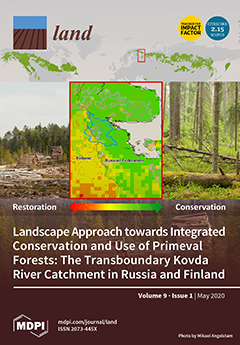Resource information
Available potassium (AVK) in the soil of cropland is one of the most important factors determining soil quality and agricultural productivity. Thus, it is crucial to understand the variation of AVK and its influencing factors for sustaining soil fertility and mitigating land degradation. Farm households are the ultimate land users, and their land-use behaviors inevitably play an important role in the variation of AVK. This paper, therefore, aims to explore the effects of households’ land-use behaviors on soil AVK from spatial and temporal perspectives. Taking an urban peripheral region in Northeast China as the study area, we firstly use geostatistics (Kriging interpolation) and GIS tools to map out the spatial AVK distributions in 1980, 2000, and 2010, based on soil sampling data points, and then assess the impacts of land-use behaviors on AVK using econometric models. The results show that, although the AVK content in the study area has a largely downward trend over the 30 years, there are distinct trends in different stages. The disparity of trends can be attributed to the changes in households’ land-use behaviors over time. The spatial variation of AVK is also substantial and intriguing: the closer to the urban area, the greater the decline of soil AVK content, while the farther away from the urban area, the greater the rise of soil AVK content. This spatial disparity can too be largely explained by the obvious differences in households’ land-use behaviors in various regions.


